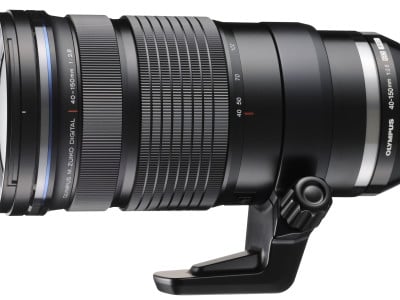Olympus 40-150mm f2.8 review
-
-
Written by Ken McMahon
Quality
To evaluate the real-life performance of the Olympus M.Zuiko 40-150mm f2.8 Pro lens at 40mm, I shot this exterior scene at every aperture setting using an Olympus OMD EM1 mounted on a tripod. My results at 100mm and 150mm are lower on the page.
The E-M1 was set to its base sensitivity of 200 ISO and the lens focused on the center of the composition. The edge and center crops shown below were taken from the areas marked with the red rectangles, right, and presented at 100%.
I shot the scene using the OMD EM1’s RAW mode and processed the files in Adobe Camera RAW (ACR) via Photoshop using the following sharpening settings: 50 / 0.5 / 36 / 10. All lens corrections were disabled, so there’s no software compensation for vignetting, geometric distortion or chromatic aberrations, although the EM1 applies in-camera corrections before the RAW file is recorded.
In the centre at f2.8 there’s plenty of detail and contrast is good. In fact, at the widest focal length the 40-150mm performs extraordinarily well wide open. The f4 crop shows a tiny bit more contrast and at f5.6 the crop looks slightly crisper again. I can’t see any improvement in the f8 crop, but it certainly doesn’t look any worse than the f5.6 one.
At f11 the image detail has softened slightly as a result of diffraction, but the contrast is still good. The diffraction at f16 results in more significant softening and at the minimum f22 aperture there’s what you could call a serious lack of sharpness.
As you might expect, at the edge of the frame the detail is softer than in the middle, but aside from the softness there are no other issues, doubtless the OMD EM1, which uses a profile for the 40-150mm f2.8 pro to apply corrections, is to some degree responsible for this. Aside from that the effect of stopping down is much the same as at the centre, with slight improvements to contrast and sharpness providing the best results at f5.6 and f8 and a marked deterioration at f16 and f22.
Overall this is an impressive set of results. The 40-150mm f2.8 pro delivers exceptionally good quality at 5.6 and f8 and achieves something very close to its best even wide open. The only time you really need be concerned about quality is at the smaller apertures, specifically f16 and f22, and that’s par for the course with smaller formats.
Now scroll down to see how the lens performs at 100mm and 150mm, or if you’ve seen enough, check out my Olympus 40-150mm f2.8 sample images.
Olympus 40-150mm f2.8 Pro edge sharpness 40mm | Olympus 40-150mm f2.8 Pro center sharpness 40mm | |
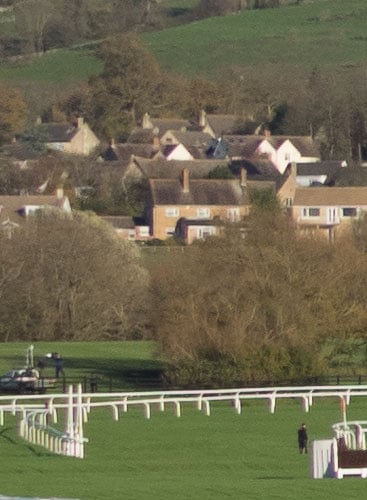 | 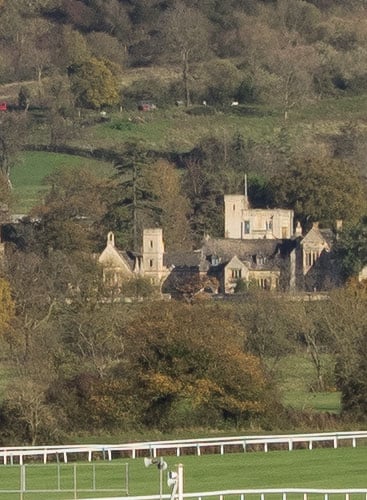 | |
Olympus 40-150mm edge crop at 40mm f2.8 | Olympus 40-150mm center crop at 40mm f2.8 | |
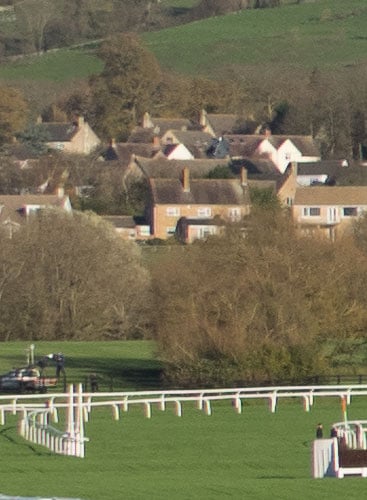 | 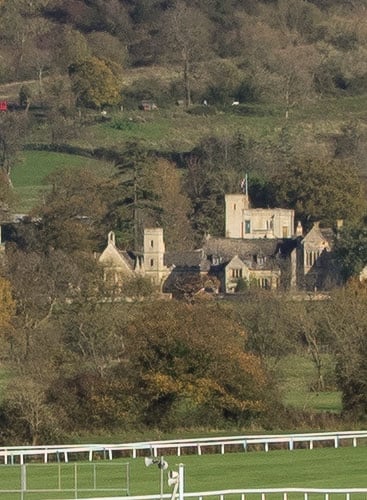 | |
Olympus 40-150mm edge crop at 40mm f4 | Olympus 40-150mm center crop at 40mm f4 | |
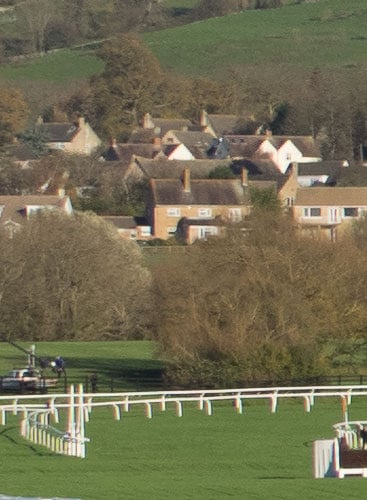 | 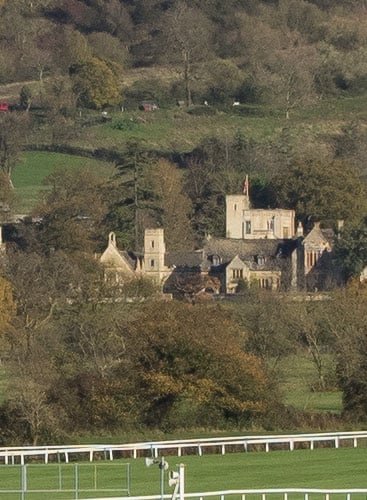 | |
Olympus 40-150mm edge crop at 40mm f5.6 | Olympus 40-150mm center crop at 40mm f5.6 | |
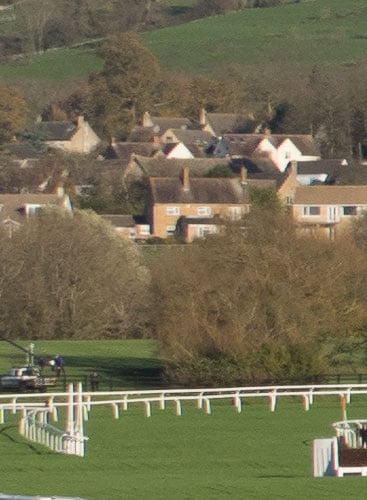 | 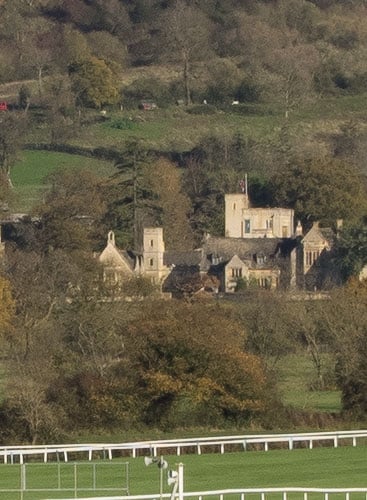 | |
Olympus 40-150mm edge crop at 40mm f8 | Olympus 40-150mm center crop at 40mm f8 | |
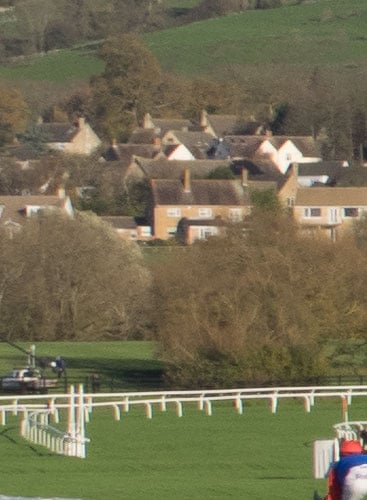 | 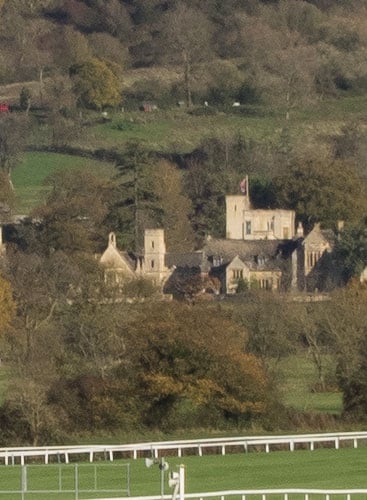 | |
Olympus 40-150mm edge crop at 40mm f11 | Olympus 40-150mm center crop at 40mm f11 | |
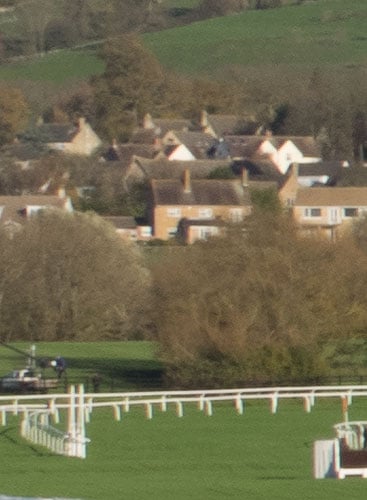 | 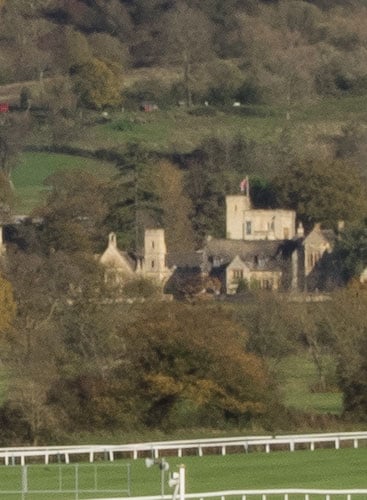 | |
Olympus 40-150mm edge crop at 40mm f16 | Olympus 40-150mm center crop at 40mm f16 | |
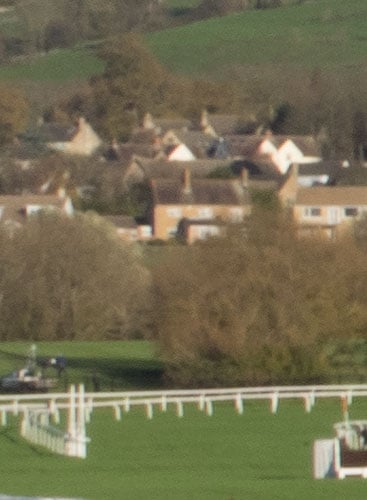 | 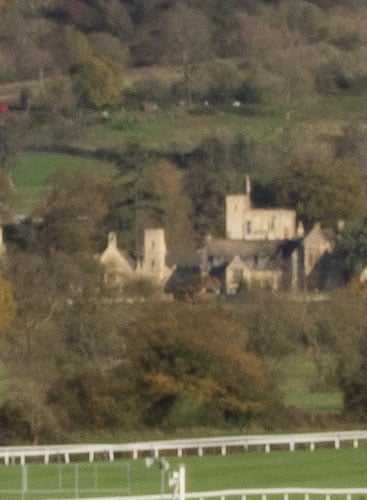 | |
Olympus 40-150mm edge crop at 40mm f22 | Olympus 40-150mm center crop at 40mm f22 | |
Olympus M.Zuiko 40-150mm f2.8 Pro quality at 100mm |
To evaluate the real-life performance of the Olympus M.Zuiko 40-150mm f2.8 Pro lens at 100mm, I shot this exterior scene at every aperture setting using an Olympus OMD EM1 mounted on a tripod. My results at 150mm are lower on the page. The E-M1 was set to its base sensitivity of 200 ISO and the lens focused on the center of the composition. The corner and center crops shown below were taken from the areas marked with the red rectangles, right, and presented at 100%.
As before I shot the scene using the OMD EM1’s RAW mode and processed the files in Adobe Camera RAW (ACR) via Photoshop using the following sharpening settings: 50 / 0.5 / 36 / 10. All lens corrections were disabled, so there’s no software compensation for vignetting, geometric distortion or chromatic aberrations, although the EM1 applies in-camera corrections before the RAW file is recorded.
Compared with the results at 40mm the center crops look a little less contrasty at 100mm, but there’s no loss of detail or sharpness. As as before, the results wide open at f2.8 look very impressive. The contrast improves when you stop down to f4 but beyond that there’s not much change, detail is also a little sharper as you stop down. At this 200mm equivalent focal length the best results are achieved at f5.6, there’s a very slight softening of the detail at f8.
More slight softening occurs at f11 but these changes are very minor and it’s not until you hit f16 and f22 there the really noticeable changes in image quality occur. In the corner its once again the same story as in the middle with slightly softer detail across the board that improves marginally up to f5.6 with minor softening thereafter.
Now scroll down to see how the lens performs at 150mm, or if you’ve seen enough, check out my Olympus 40-150mm f2.8 sample images.
Olympus 40-150mm f2.8 Pro edge sharpness 100mm | Olympus 40-150mm f2.8 Pro center sharpness 100mm | |
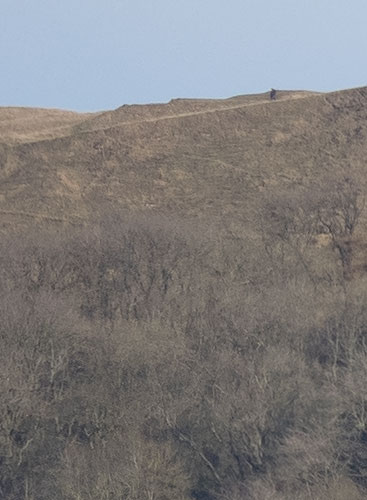 | 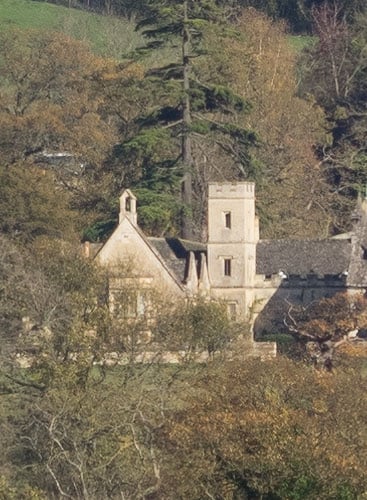 | |
Olympus 40-150mm edge crop at 100mm f2.8 | Olympus 40-150mm center crop at 100mm f2.8 | |
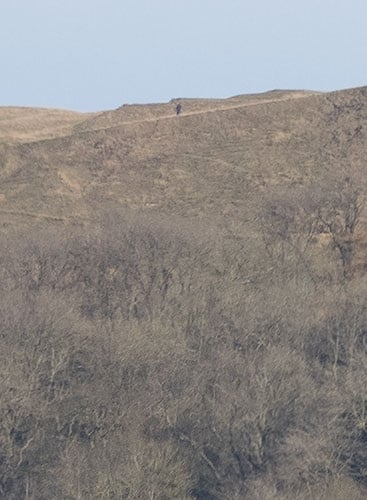 | 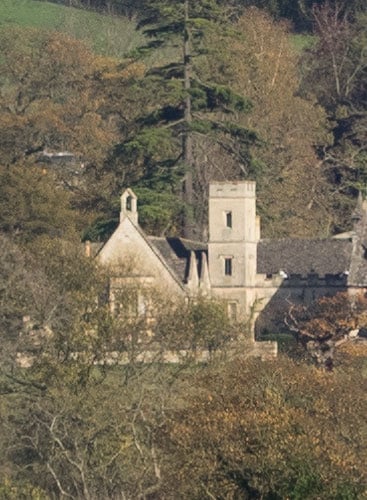 | |
Olympus 40-150mm edge crop at 100mm f4 | Olympus 40-150mm center crop at 100mm f4 | |
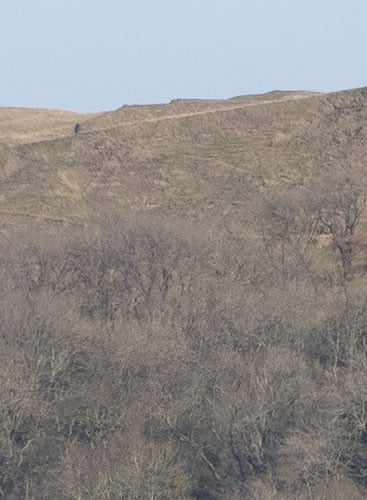 | 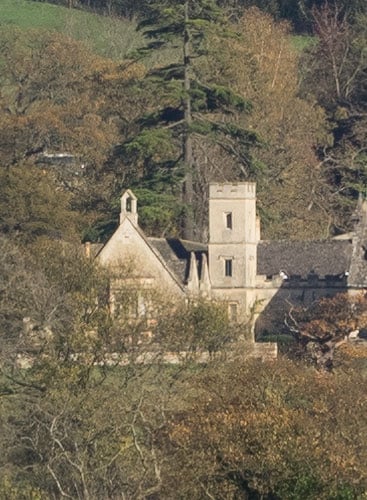 | |
Olympus 40-150mm edge crop at 100mm f5.6 | Olympus 40-150mm center crop at 100mm f5.6 | |
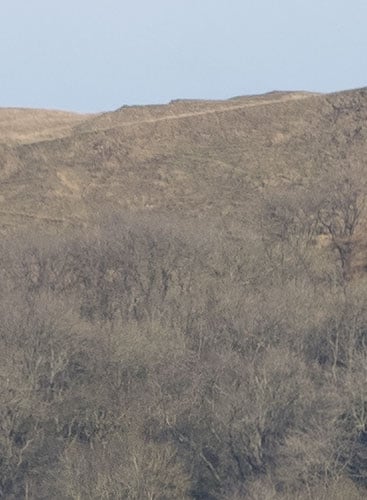 | 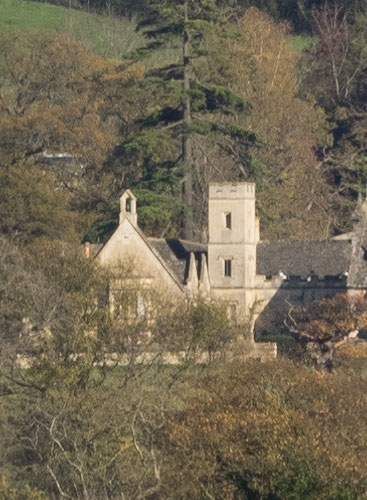 | |
Olympus 40-150mm edge crop at 100mm f8 | Olympus 40-150mm center crop at 100mm f8 | |
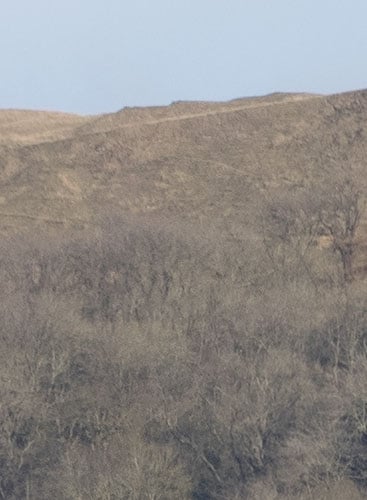 | 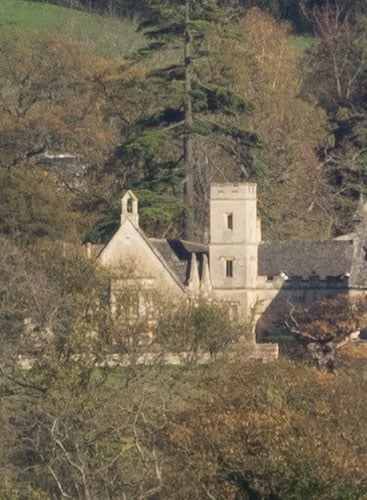 | |
Olympus 40-150mm edge crop at 100mm f11 | Olympus 40-150mm center crop at 100mm f11 | |
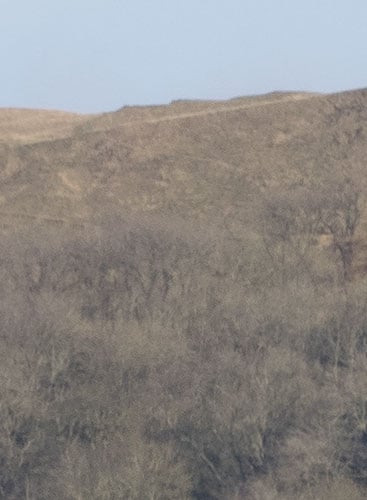 | 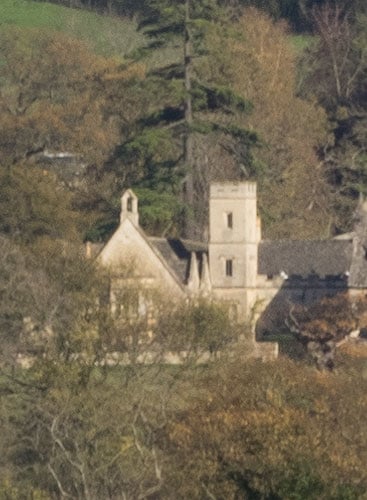 | |
Olympus 40-150mm edge crop at 100mm f16 | Olympus 40-150mm center crop at 100mm f16 | |
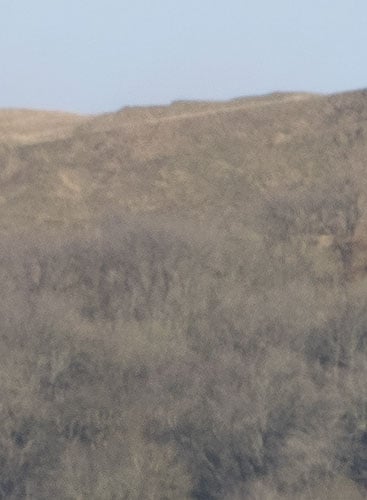 | 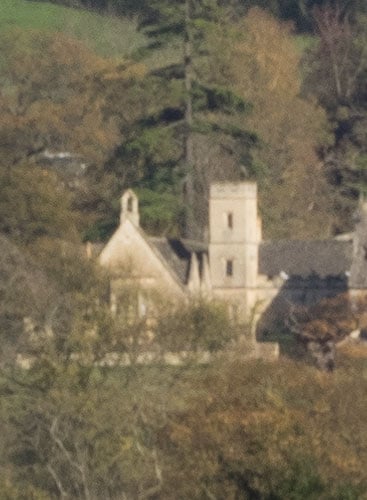 | |
Olympus 40-150mm edge crop at 100mm f22 | Olympus 40-150mm center crop at 100mm f22 | |
Olympus M.Zuiko 40-150mm f2.8 Pro quality at 150mmTo evaluate the real-life performance of the Olympus M.Zuiko 40-150mm f2.8 Pro lens at 150mm, I shot this exterior scene at every aperture setting using an Olympus OM-D E-M1 mounted on a tripod. My results at 150mm are lower on the page. The E-M1 was set to its base sensitivity of 200 ISO and the lens focused on the center of the composition. The corner and center crops shown below were taken from the areas marked with the red rectangles, right, and presented at 100%. As before I shot the scene using the OMD EM1’s RAW mode and processed the files in Adobe Camera RAW (ACR) via Photoshop using the following sharpening settings: 50 / 0.5 / 36 / 10. All lens corrections were disabled, so there’s no software compensation for vignetting, geometric distortion or chromatic aberrations, although the EM1 applies in-camera corrections before the RAW file is recorded. The 40-150mm f2.8 Pro maintains the same level of contrast when you zoom in from 100 to 150mm, not only do the centre crops look very similar, I compared the histogram from the 150mm crop with the same area selected on the 100mm crop and they’re virtually identical. As at 100mm, the detail improves slightly at f4 and again at f5.6 with slight softening of the image detail occuring at f8. At the edge of the frame there are no surprises and the 40-150mm f2.8 behaves consistently with overall slightly softer detail than in the middle and the same slight improvement as you approach f5.6, slight softening due to diffraction upwards of f8, and more substantial loss of quality at f16 and f22. But it bears repeating that these changes in sharpness and detail are really very small, there’s very little to be lost by shooting wide open with the 40-150mm f2.8 at any focal length. The 40-150mm f2.8 Pro is nothing if not consistent. The good news for sports and wildlife photographers is that you can open this lens wide up for low light shooting, fast shutter speeds and/or minimum depth of field without having to worry about image quality. Now you can check out my Olympus 40-150mm f2.8 sample images. 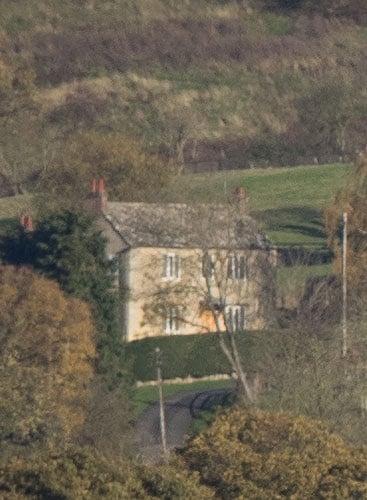
|
Olympus 40-150mm f2.8 Pro edge sharpness 150mm | Olympus 40-150mm f2.8 Pro center sharpness 150mm | |
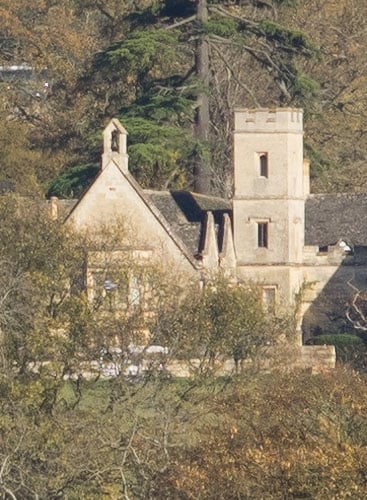 | ||
Olympus 40-150mm edge crop at 150mm f2.8 | Olympus 40-150mm center crop at 150mm f2.8 | |
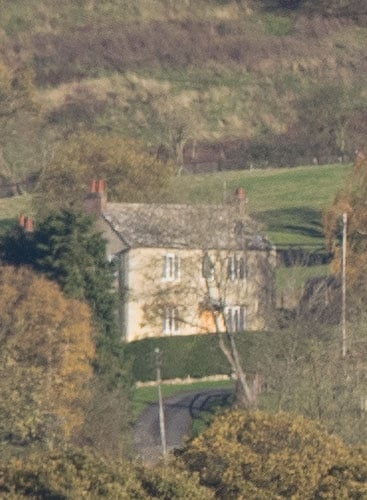 | 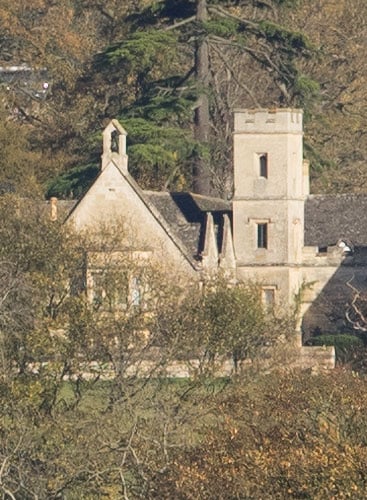 | |
Olympus 40-150mm edge crop at 150mm f4 | Olympus 40-150mm center crop at 150mm f4 | |
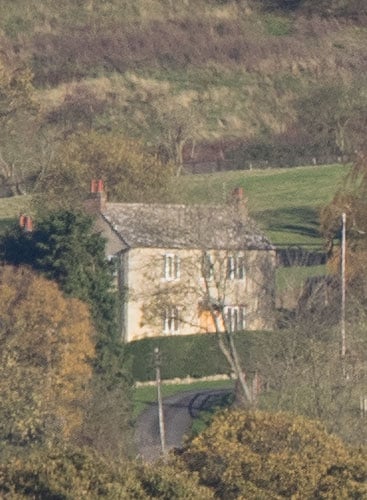 |  | |
Olympus 40-150mm edge crop at 150mm f5.6 | Olympus 40-150mm center crop at 150mm f5.6 | |
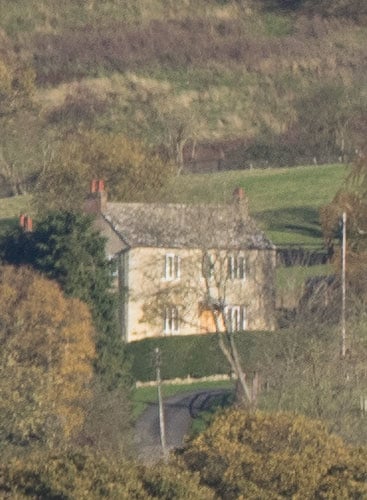 |  | |
Olympus 40-150mm edge crop at 150mm f8 | Olympus 40-150mm center crop at 150mm f8 | |
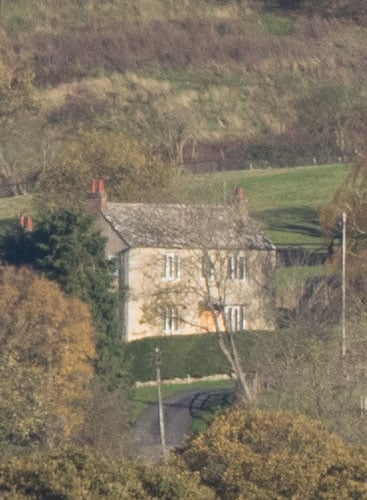 |  | |
Olympus 40-150mm edge crop at 150mm f11 | Olympus 40-150mm center crop at 150mm f11 | |
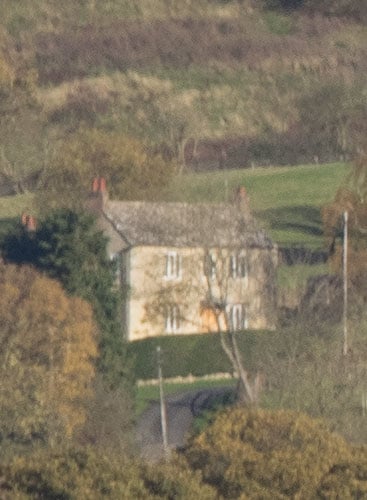 | 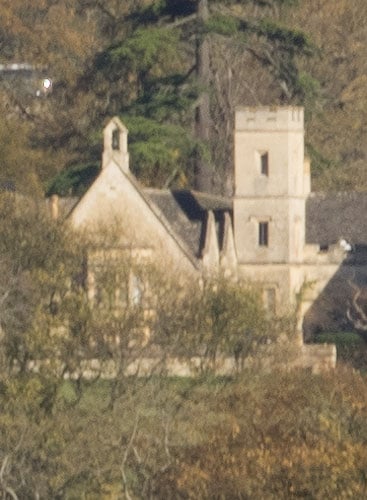 | |
Olympus 40-150mm edge crop at 150mm f16 | Olympus 40-150mm center crop at 150mm f16 | |
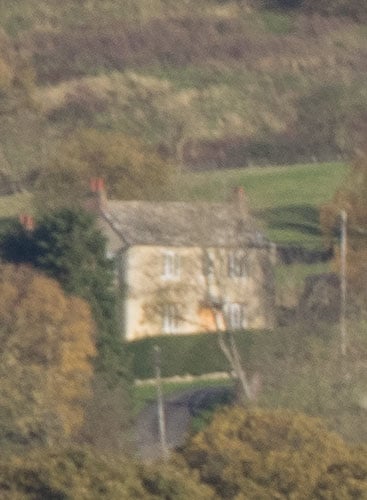 | 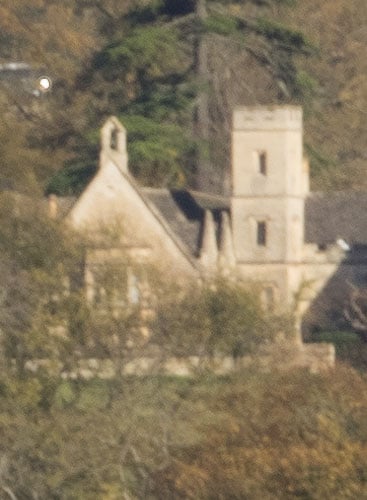 | |
Olympus 40-150mm edge crop at 150mm f22 | Olympus 40-150mm center crop at 150mm f22 | |




